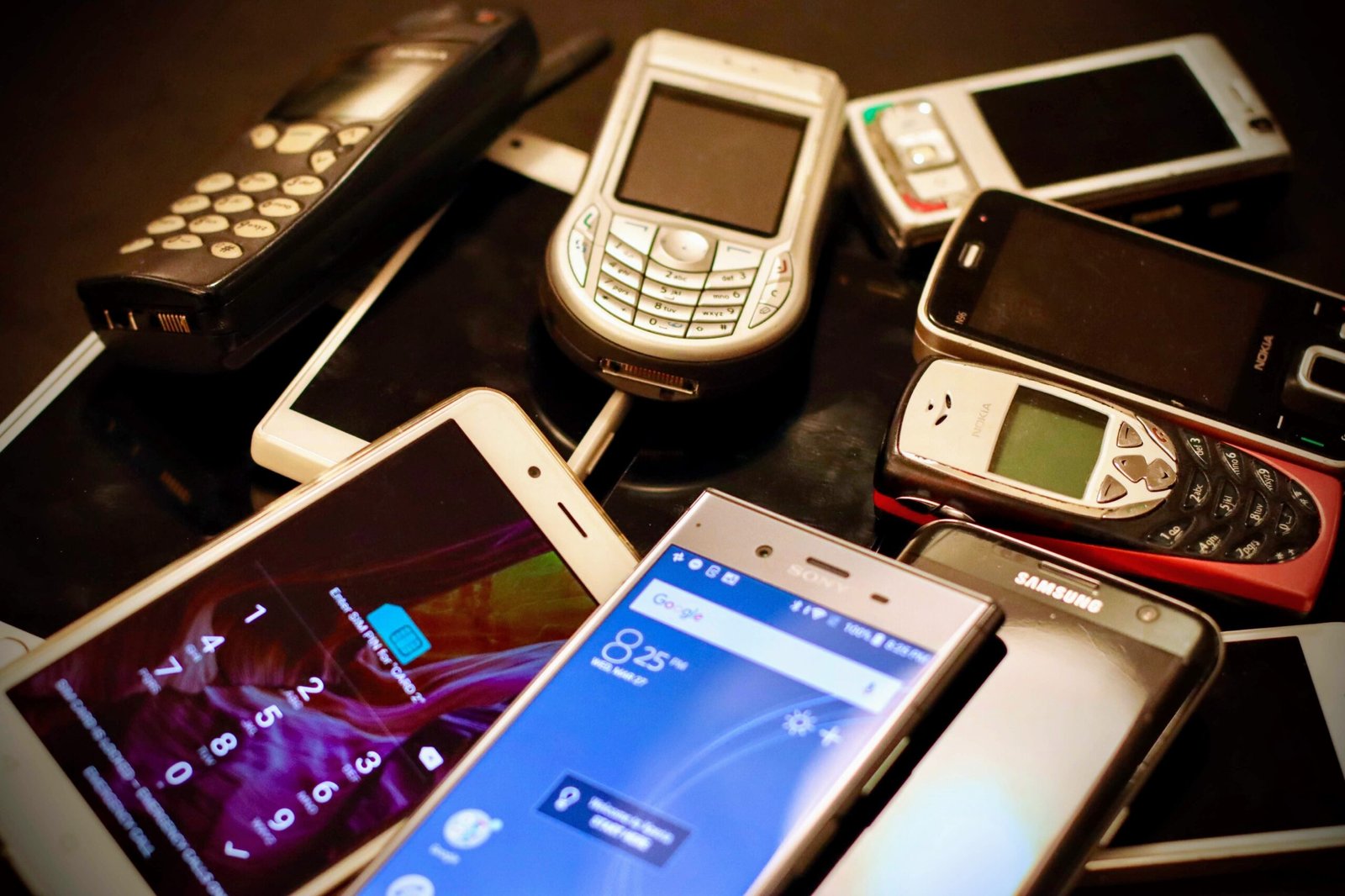
Phones
Since its inception, the cell phone has been a transformative force, reshaping how we connect, communicate, and navigate our modern existence. This ingenious invention has undergone a remarkable evolution, fundamentally altering societal norms and revolutionizing the way we experience daily life. This comprehensive guide aims to unravel the captivating history, evolution, and diverse forms of cell phones, illuminating the technology behind them and their profound significance in our daily routines.
A Glance at Cell Phone History
The vision of a portable wireless communication device dates back to the early 20th century. However, the true dawn of cell phones emerged in the 1970s when Motorola engineer Martin Cooper made the world’s inaugural public cell phone call in 1973, marking an epochal shift in the communication landscape.
From its embryonic stage as bulky devices with limited functionality, cell phones have morphed into sleek, omnipotent smartphones that seamlessly integrate into our lives. The advent of digital cellular networks in the 1990s marked a pivotal moment, enhancing call clarity and expanding coverage, thereby catalyzing a swift surge in technological advancements.
Unraveling Cell Phone Technology’s Journey
The trajectory of cell phone technology from analog predecessors to the current 5G era represents an astonishing voyage. Each iteration of cellular networks has ushered in substantial leaps, propelling faster data transfer speeds, heightened call quality, and augmented user experiences.
The onset of the second generation (2G) introduced digital voice communication and text messaging. This phase witnessed Nokia’s ascent as an iconic brand, celebrated for its durable and user-centric devices.
The advent of the third generation (3G) heralded the age of mobile internet, granting users access to web browsing, email, and an array of online services. This era also witnessed the debut of smartphones, notably spearheaded by Apple’s iPhone, which redefined the mobile industry.
The fourth generation (4G) delivered swifter data speeds, enabling seamless video streaming, online gaming, and sophisticated app functionalities. This epoch witnessed the ascendance of Android-powered devices and the emergence of Samsung as a dominant player in the cell phone market.
Presently, the imminent arrival of the fifth generation (5G) heralds an unprecedented revolution. Promising lightning-fast speeds, minimal latency, and the capacity to connect billions of devices concurrently, 5G technology is poised to catalyze transformative innovations.
Diverse Forms and Variety
Cell phones encompass a spectrum of forms and dimensions, catering to an array of preferences and needs. From the classic candy bar design to flip phones, sliders, and the contemporary touchscreen smartphones, the spectrum is expansive, ensuring there’s a cell phone tailored for everyone.
Smartphones have particularly emerged as the dominant form factor, epitomizing a vast range of features and capabilities. Equipped with expansive high-resolution displays, powerful processors, and sophisticated cameras, smartphones empower users to capture enthralling visuals, indulge in gaming, and access a diverse array of applications.
Essential Features of Modern Cell Phones
In the contemporary landscape, cell phones transcend their traditional role as mere communication devices. They have evolved into multifaceted tools integral to navigating daily routines, staying connected with loved ones, and accessing a plethora of information.
Critical features of contemporary cell phones encompass:
- High-resolution cameras for capturing cherished moments
- Immersive large displays offering a rich multimedia experience
- Swift and dependable internet connectivity for seamless browsing, streaming, and gaming
- Robust battery life catering to the demands of our fast-paced lives
- Secure biometric authentication mechanisms such as fingerprint or facial recognition
- Advanced operating systems providing a seamless user interface
Cell Phones’ Impact on Our Lives
The profound impact of cell phones transcends mere communication, profoundly influencing how we communicate, work, and entertain ourselves. They have unleashed boundless possibilities, enabling us to maintain connections, conduct business on the move, and access a wealth of information at our fingertips.
Furthermore, cell phones have played a pivotal role in bridging the digital divide, enabling individuals from diverse backgrounds to access the internet and participate in the global digital economy.
Leading Cell Phone Brands and Groundbreaking Innovations
Amidst the cell phone’s evolution, several brands have left an indelible imprint on the industry. Nokia, celebrated for its robust and reliable devices, once dominated the market. Apple’s groundbreaking iPhone revolutionized smartphones, setting new benchmarks for design and functionality.
Samsung, with its innovative Galaxy series, has emerged as a prominent contender, pushing the boundaries of cell phone capabilities. Other influential brands include Google Pixel, Huawei, and OnePlus, all contributing to the ever-evolving landscape of cell phone technology.
In Conclusion: A Necessity in Modern Life
Cell phones have transcended the realm of a mere gadget, becoming an indispensable part of our lives. They serve as constant companions, granting us access to the digital realm and connecting us with the world. As we peer into the future, the potential for cell phone technology is boundless. From the advent of 5G connectivity to the integration of artificial intelligence and augmented reality, cell phones will continue to shape our world and fuel innovations beyond our imagination.
